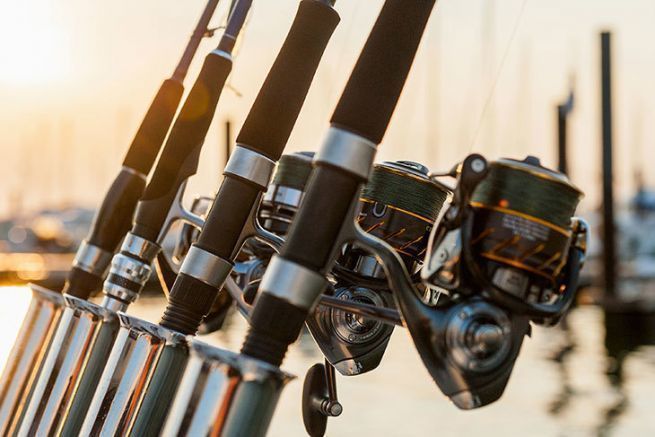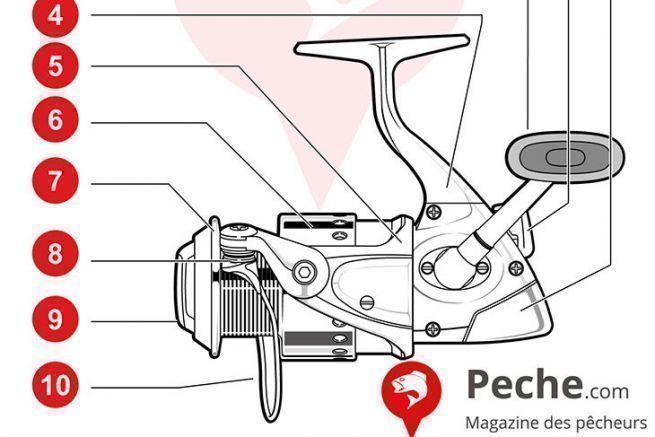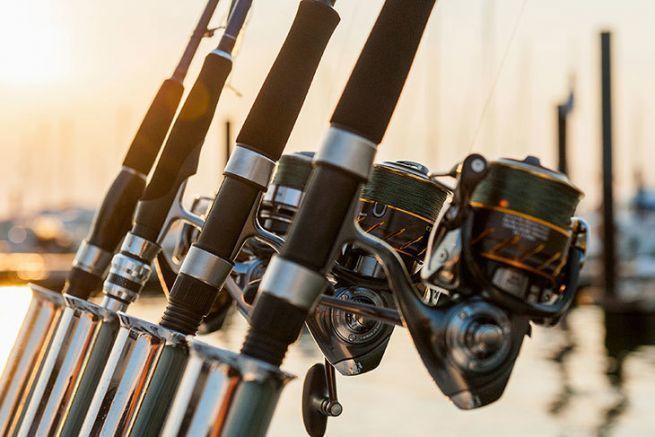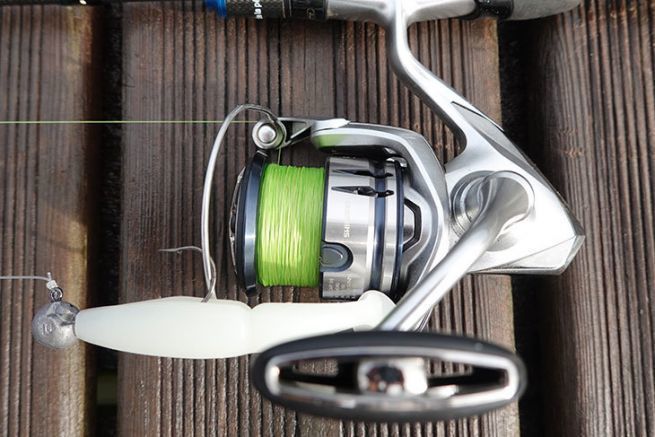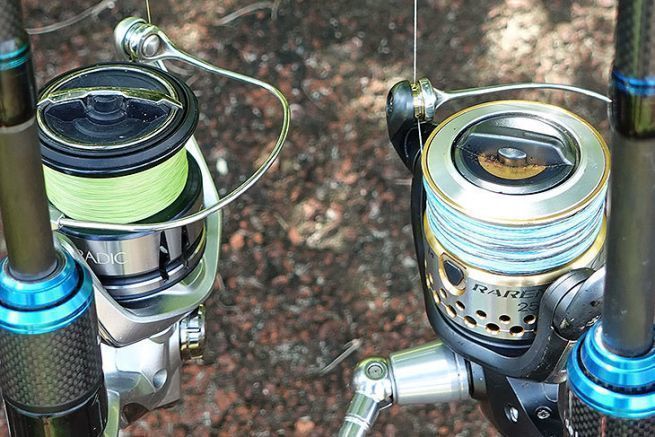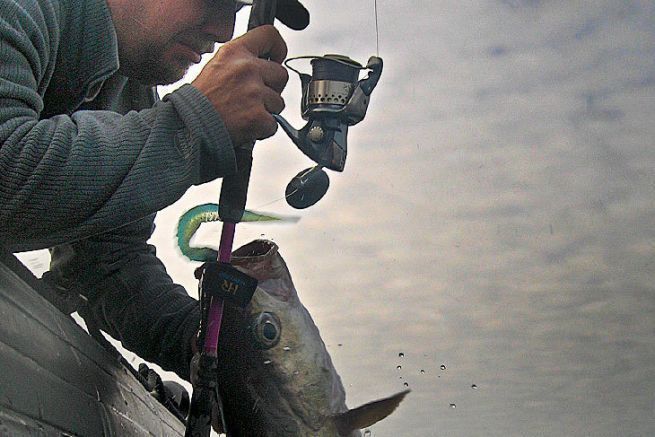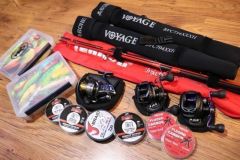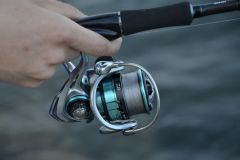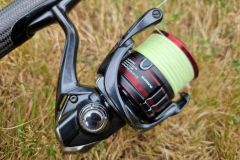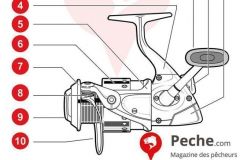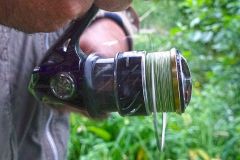Balance between reel and rod
The first factor to consider is size. You need a reel whose size and weight match your rod. When the reel is attached to the rod, support the rod just above the reel foot with your index finger, so that the rod remains horizontal. This is the perfect balance for comfortable use while fishing.
When the rod falls heavily forward, the reel is too light and you risk damaging your wrist when handling lures. The longer the rod, the further forward it falls, and the heavier the reel needs to be. The reel acts as a counterweight and balances the whole. If you're in any doubt, before you buy, the reel is typically the tool to try out in store with your rod.
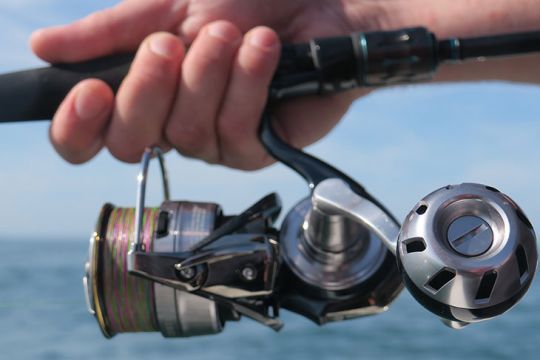
The price of lightness
A first-price reel is generally heavier than a top-of-the-range reel of the same volume, whose more noble materials lighten the product. Sizes are generally indicated by a figure in thousands: size 1,000 for a small ultra-light casting reel and up to size 30,000 for a reel dedicated to strong fishing of the exotic or catfish type.

Sizes from 1,000 to 30,000
Daiwa and Shimano have come to an agreement on these sizes, which can differ from one brand to another, with their recent LT reels, and it's all to the good for users' understanding. The two brands now speak the same language when it comes to reel sizes.
These different sizes cover most of what's available on the market, with the exception of a few older-generation Daiwa reels and other brands such as Penn.

 /
/ 